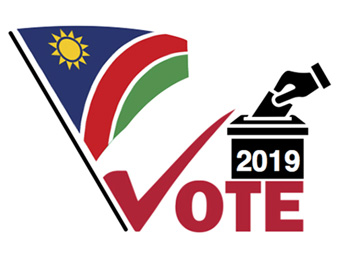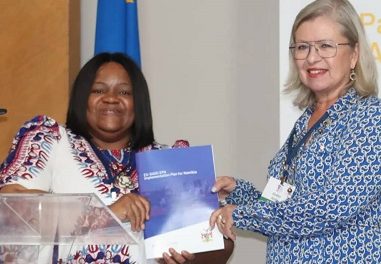
More power generating projects needed
 President Hifikepunye Pohamba has called for the implementation of strategic initiatives that could improve local power generation capacity.
President Hifikepunye Pohamba has called for the implementation of strategic initiatives that could improve local power generation capacity.
Pohamba noted that at present, many countries including Namibia, are net importers of electricity, therefore it was important that strategic initiatives be implemented in order to improve local power generation capacity.
He said that although the Ruacana Power Station generates the bulk of Namibia’s electricity, NamPower should pursue the implementation of other power generating options such as the Erongo Coal-Fired Power Station, the Kudu Gas Power Project and the Baynes Hydro Power Project. The Ruacana Power Station currently accounts for 50% of the country’s power supply capacity.
Furthermore, Pohamba said that initiatives such as the ZIZABONA project – which would facilitate electricity trade amongst Zimbabwe, Zambia, Botswana and Namibia – should be implemented in order to accelerate the improvement of electricity transmission infrastructure amongst SADC countries.
Speaking at the inauguration of the 4th Unit at Ruacana Hydro-Power Station, President Pohamba emphasised that electricity is a scarce commodity and urged Namibians to adopt energy conservation as a way of life and promote a culture of energy saving by sparingly using electricity in order to contribute towards sustainability.
The president said he was concerned about the escalating prices of utilities such as water and electricity and thus there is need for Namibia to diversify power generation capacity by developing resources such as the Kudu Gas Project.
“I am aware that the utilisation of solar power is still marginal as a percentage of our national energy mix, therefore investing in solar energy for households, for example, will go a long way to improve the living conditions of our people,” he added.
Pohamba also said that Namibia has great potential to harness solar energy as a significant part of the national energy mix, because some locations in the country receive over 300 days of sunshine per year.
During his visit to Luanda, Angola on 31 May 2012 to attend the regional summit dedicated to the development and improvement of infrastructure in the SADC region, Pohamba used the platform to underline the importance of regional co-operation, where he emphasised on electricity generation through the development of the needed infrastructure.
The president said that the region should work together to build power generating infrastructure, which he believes, can serve as catalysts for social development and economic growth to face of the predicted power shortages in the coming years.










































